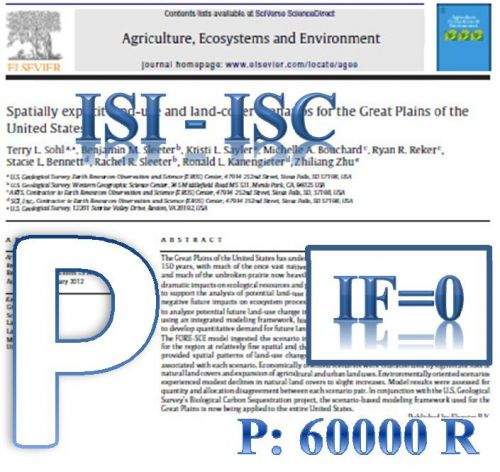Border cities play a crucial role in concentrating urban poverty. The challenges of cross-border migration and tourism mobility have a significant impact on small border cities. This study examines the evaluation of social infrastructure in border areas using the City Prosperity framework, with a focus on the townships in West Azerbaijan Province, including Urmia, Oshnavieh, Piranshahr, Khoy, Chaldiran, Sardasht, Salmas, and Maku. The research utilizes a practical and descriptive-analytical approach, collecting data from both library resources and fieldwork, referencing the statistical yearbooks of 2018 and 2019 from the Iran Statistics Center. The analysis employs statistical methods and various decision-making tools, such as the Gini coefficient, Multi-Attributive Border Approximation Area Comparison (MACBAC), and Ordinal Priority Decision-Making (OPA) model. The results indicate that Urmia ranks highest in social infrastructure criteria for city prosperity according to the MABAC model. The OPA model highlights cultural space per capita as a key factor, with the number of fire stations ranking tenth. The study shows a relatively even population distribution among the cities, with a Gini coefficient of 0.245 based on population and area data. The Macbac model was used to evaluate social infrastructure criteria in Urmia, Oshnavieh, Piranshahr, Chaldoran, Khoy, Sardasht, Salmas, and Maku cities, with Urmia leading the rankings, followed by Khoy, Maku, Chaldoran, Salmas, Sardasht, Piranshahr, and Oshnavieh. Urmia’s strong performance in social infrastructure criteria underscores the need for a comprehensive township development plan to address inter-city disparities and promote social justice, ultimately enhancing city prosperity through equitable distribution of social infrastructure.
کلید واژگان :Social infrastructure · Border cities · City prosperity · Urban dynamics · Criteria identification
ارزش ریالی : 1200000 ریال
با پرداخت الکترونیک
